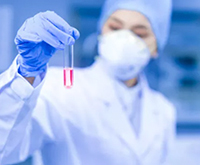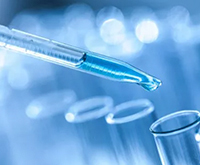25-OH Vitamin D
25-OH Vitamin D Sandwich antibody pair are available from Sekbio Now, appliable for vitamin d (VD) sandwich ELISA, vitamin d rapid test, VD CLIA.
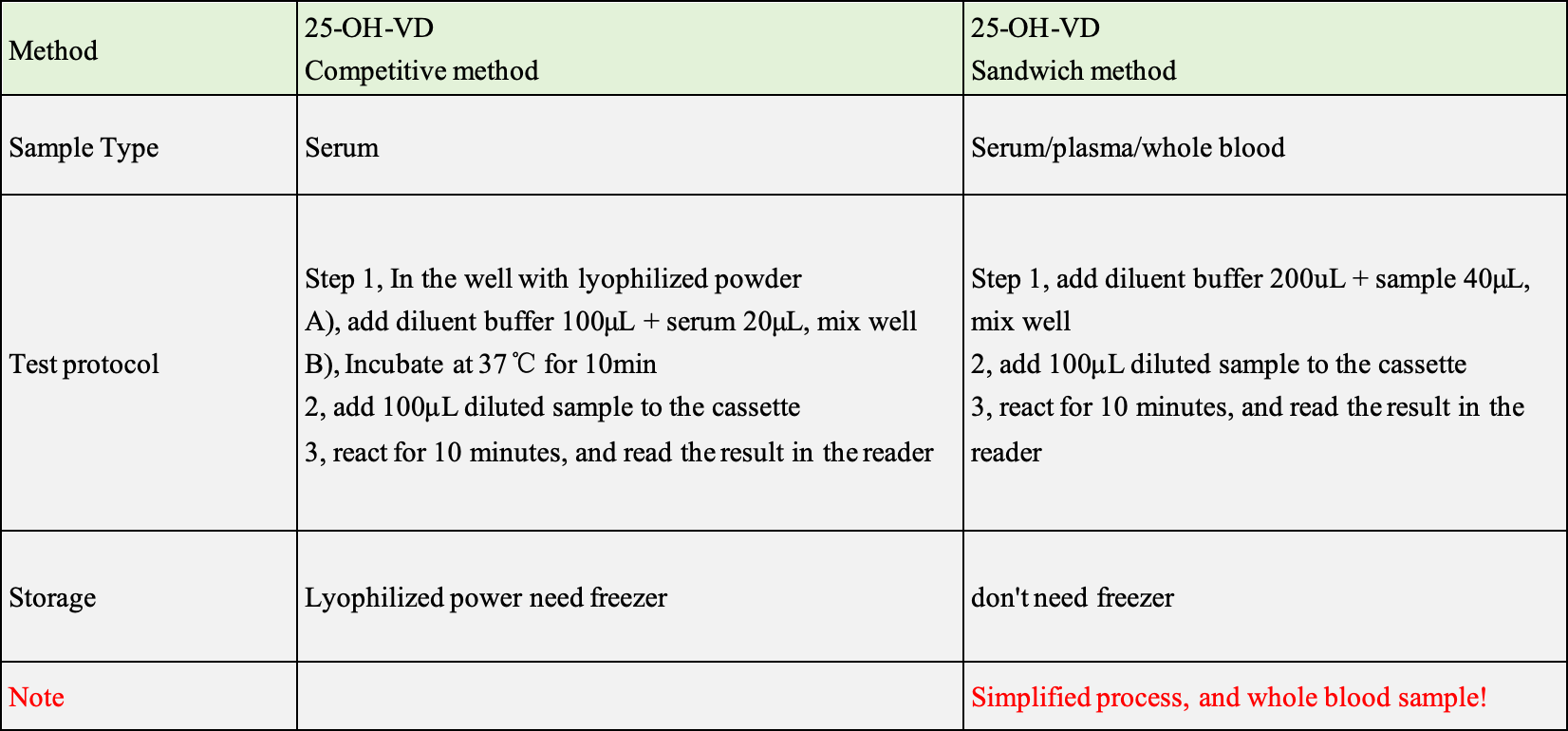
The sandwich method for 25-OH VD can circumvent the challenges present in the competitive method.
1) Poor Consistency with LC-MS/MS Results
2) Suboptimal Identification of 25-OH-VD2
Vitamin D is converted to 25-hydroxyvitamin D (25-OH-VD) by hydroxylation in the liver and the active 1, 25-dihydroxy vitamin D in the kidneys.
25 hydroxyvitamin D is the main form of vitamin D in the body.The level of serum 25-OH-VD can reflect the level of vitamin D storage and correlate with the clinical symptoms of vitamin D deficiency.
Similar to other steroid hormones, 1, 25-dihydroxy vitamin D3 regulates tissue cell differentiation and related gene expression, mainly regulating blood calcium level and affecting cell differentiation.
25-OH-VD has a high content in blood and a long half-life.It is stable and is not directly affected by diet and lifestyle. Therefore, clinical measurement of 25-OH-VD can reflect the proper level of vitamin D in vivo.
The performance date of 25-OH-VD Rapid Quantitative Test Kit (FIA)
Manufacturer | SEKBIO |
Parameter | 25-OH-VD Rapid Quantitative Test Kit (FIA) |
Linearity | 5~100ng/mL |
Detection limit | 5ng/mL |
Benchmark product | Roche |
Method Comparison
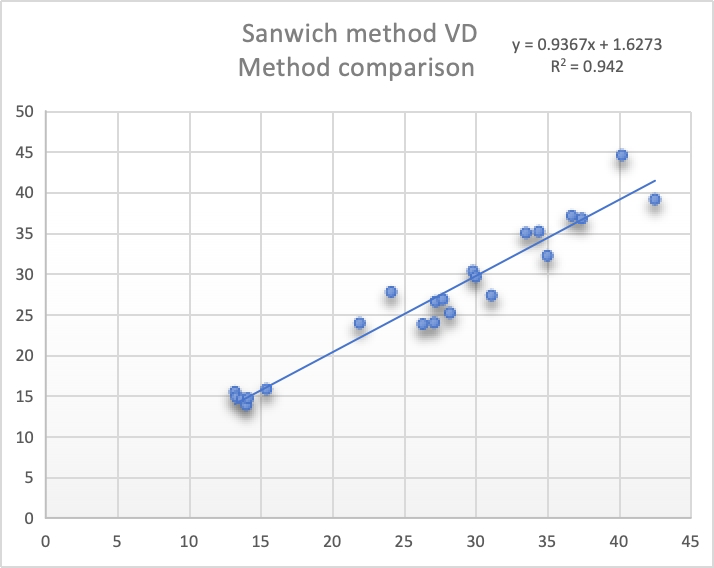
Calibration Curve
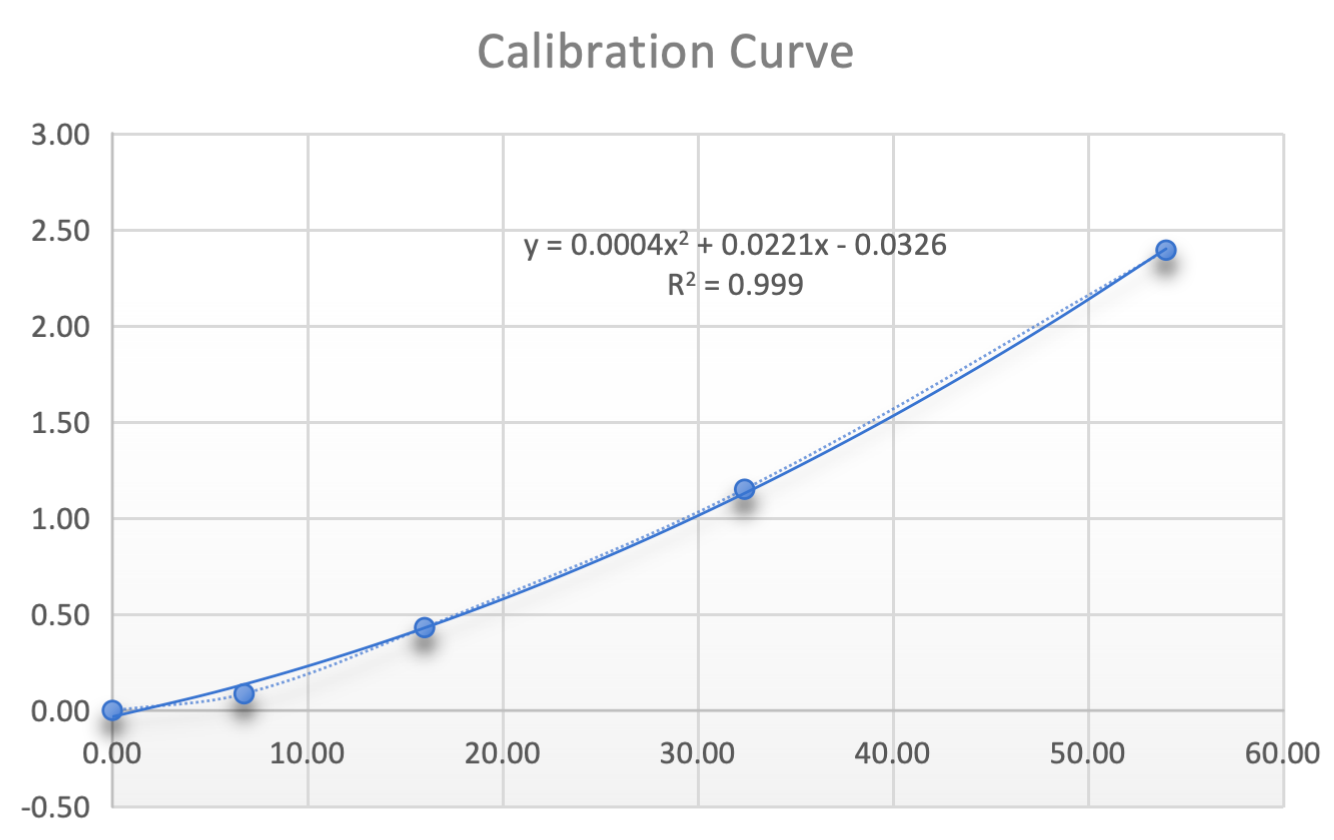
Precision
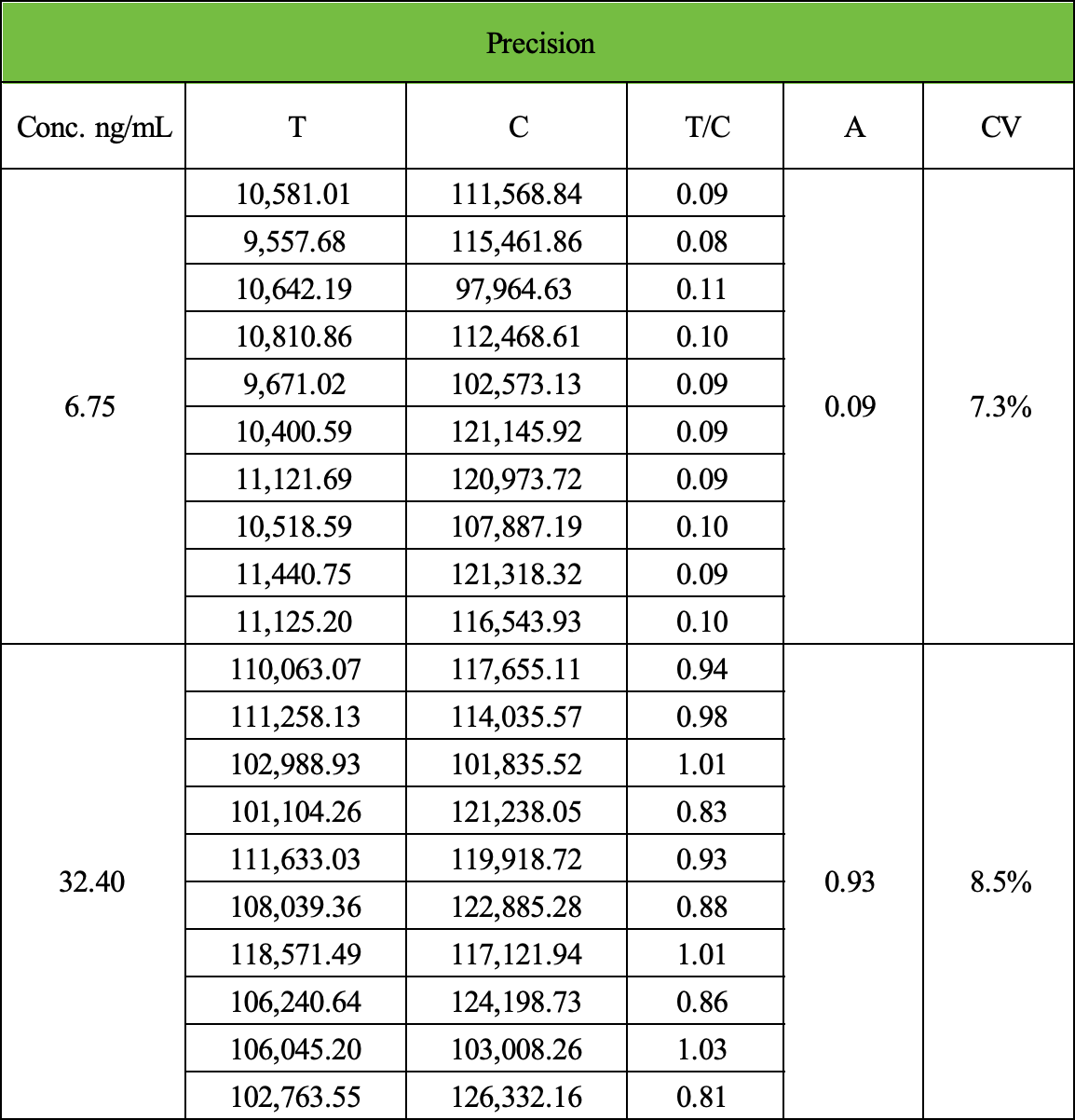
What Sekbio supply
(1) Vitamin D antibody pair
(2) Semi-finished product, uncut sheet
(3) OEM service of finished VD test
Vitamin D Products
VD product Introduction
Optimal Vitamin D status is determined by measuring the metabolite 25-OH vitamin D in the bloodstream. This form of vitamin D serves as the primary storage compound in the human body, significantly outweighing the biologically inactive circulating 1,25 (OH)2 vitamin D by approximately 1000-fold.
The circulating half-life of 25-OH vitamin D is approximately 2-3 weeks. It's worth noting that over 95% of measurable 25-OH vitamin D in the serum consists of 25-OH vitamin D3, while 25-OH vitamin D2 becomes detectable only in individuals who supplement with vitamin D2.
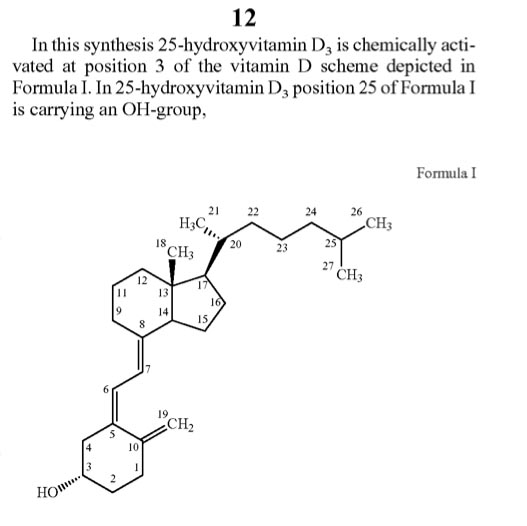
Vitamin D-binding protein
The human GC is approximately 58 kDa in size and consists of 458 amino acids. Its genetic code is comprised of 1690 nucleotides located on chromosome 4 (4q11–q13). A notable feature of GC is its primary structure, which includes 28 cysteine residues forming multiple disulfide bonds. The protein is divided into three domains: domain 1 comprising 10 alpha helices, domain 2 consisting of 9 helices, and domain 3 with 4 helices.
Interestingly, the metabolism of these domains appears to differ, particularly in their interaction with vitamin D. Research indicates that the vitamin D binding protein, a component of GC, may exhibit a higher affinity for 25(OH)D3 (the metabolite of vitamin D3) compared to 25(OH)D2 (the metabolite of vitamin D2). This finding was observed in a specific study.
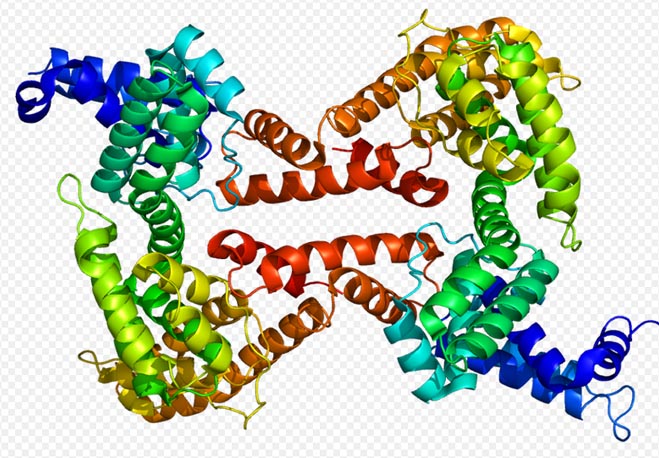
Six point calibration test results | |||||
Conc.ng/ml | RLU | AVER | CV | S/N | |
0.00 | 1988864 | 1989951 | 1989408 | 0.04% | 1.00 |
30.00 | 1701638 | 1717603 | 1709621 | 0.66% | 1.16 |
75.00 | 1199394 | 1201402 | 1200398 | 0.12% | 1.66 |
150.00 | 680993 | 677204 | 679099 | 0.39% | 2.93 |
300.00 | 312820 | 318660 | 315740 | 1.31% | 6.30 |
600.00 | 147914 | 146062 | 146988 | 0.89% | 13.53 |
Precision
Conc.ng/ml | Diluent Ratio | RLU | AVE | CV | Calculated Conc. | ||
30.00 | 0.0 | 1701378 | 1678029 | 1682826 | 1687411 | 0.7% | 32.52 |
144.00 | 0.2 | 705844 | 700950 | 722856 | 709883 | 1.6% | 143.40 |
258.00 | 0.4 | 376481 | 382996 | 386917 | 382131 | 1.4% | 254.55 |
372.00 | 0.6 | 249100 | 248073 | 255330 | 250834 | 1.6% | 366.56 |
486.00 | 0.8 | 189357 | 191251 | 188225 | 189611 | 0.8% | 470.47 |
600 | 1.0 | 147871 | 146779 | 150422 | 148357 | 1.3% | 594.27 |
Repeatability
Sample | RLU | C1 | RLU | C2 |
Repeat 20 times | 1221777 | 72.50 | 316434 | 299.72 |
1218254 | 72.84 | 316700 | 299.50 | |
1199261 | 74.73 | 325984 | 292.12 | |
1180962 | 76.59 | 324222 | 293.49 | |
1193284 | 75.34 | 313327 | 302.28 | |
1210626 | 73.60 | 315721 | 300.30 | |
1186392 | 76.04 | 310303 | 304.83 | |
1217894 | 72.88 | 328118 | 290.48 | |
1192191 | 75.45 | 319156 | 297.51 | |
1214137 | 73.25 | 320196 | 296.68 | |
AVE | 74.32 | 297.69 | ||
SD | 1.48 | 4.57 | ||
CV≤8% | 2.0% | 1.5% | ||
25-OH Vitamin D Intro
25-hydroxyvitamin D is the main form of vitamin D in the body. Vitamin D is a steroid derivative, is a fat-soluble vitamin, and is a cyclopentane poly hydro phenanthrene compound. Vitamin D is mainly synthesized by human skin after being irradiated by ultraviolet rays, and a small part is ingested from food or supplements. Vitamin D affects calcium and phosphorus metabolism and has a wide range of physiological effects. It is an indispensable substance for maintaining human health, cell growth, and development and is closely related to various diseases. There are two forms of vitamin D in the human body, vitamin D3 (cholecalciferol) and vitamin D2 (ergocalciferol), which are converted to 25-hydroxyvitamin D (25-OH-VD) by hydroxylation in the liver, which is then converted to active 1,25-dihydroxy vitamin D in the kidneys. The serum 25-OH-VD can reflect human vitamin D storage level, which is related to the clinical symptoms of vitamin D deficiency.
Vitamin D Antibody
Vitamin D is an important hormone that regulates calcium and phosphorus metabolism in the body. The skin mainly synthesizes it under sunlight conditions, and a small amount can obtain through diet. The active form of vitamin D is especially 1,25 dihydroxy vitamin D3 (1,25(OH) 2 D 3 ), which exerts physiological effects by binding to the vitamin D receptor (VDR). 25-hydroxyvitamin D (25(OH)D) is the body's primary storage form of vitamin D. 1,25(OH)D3 induces the differentiation of monocytes into macrophages and reduces the release of inflammatory cells and chemokines.



